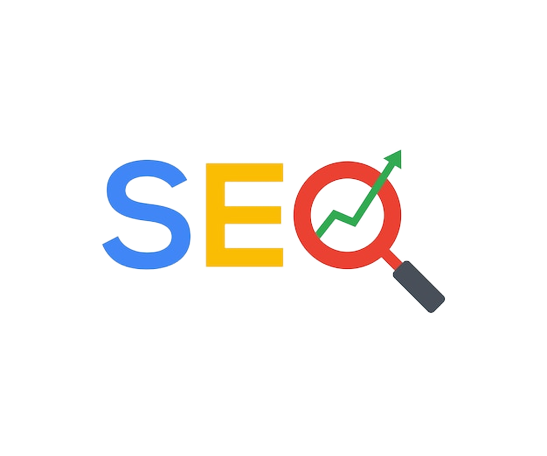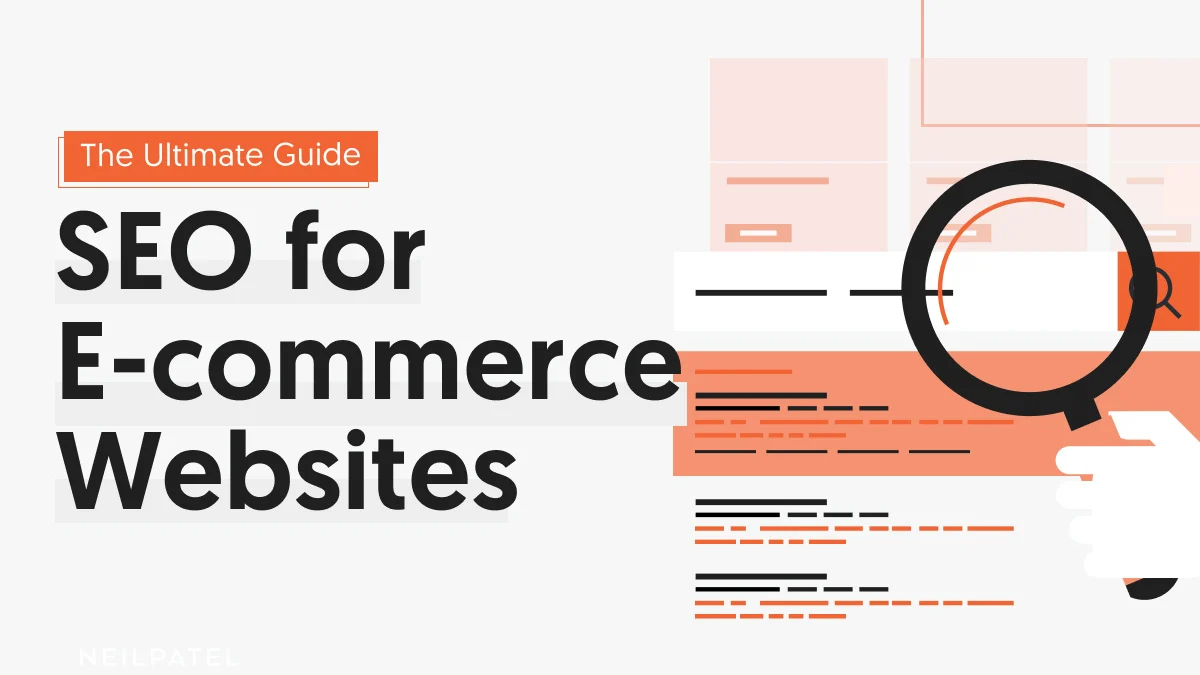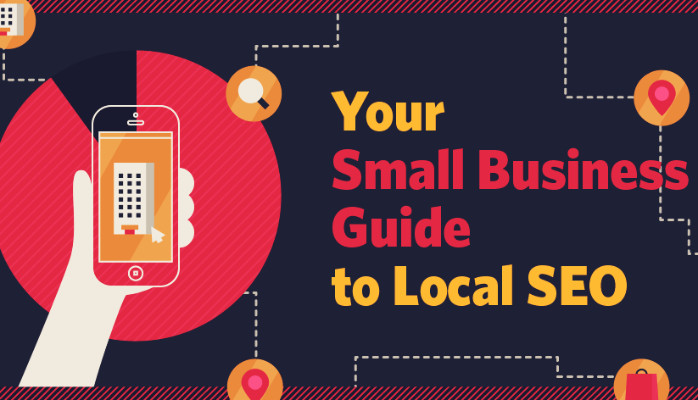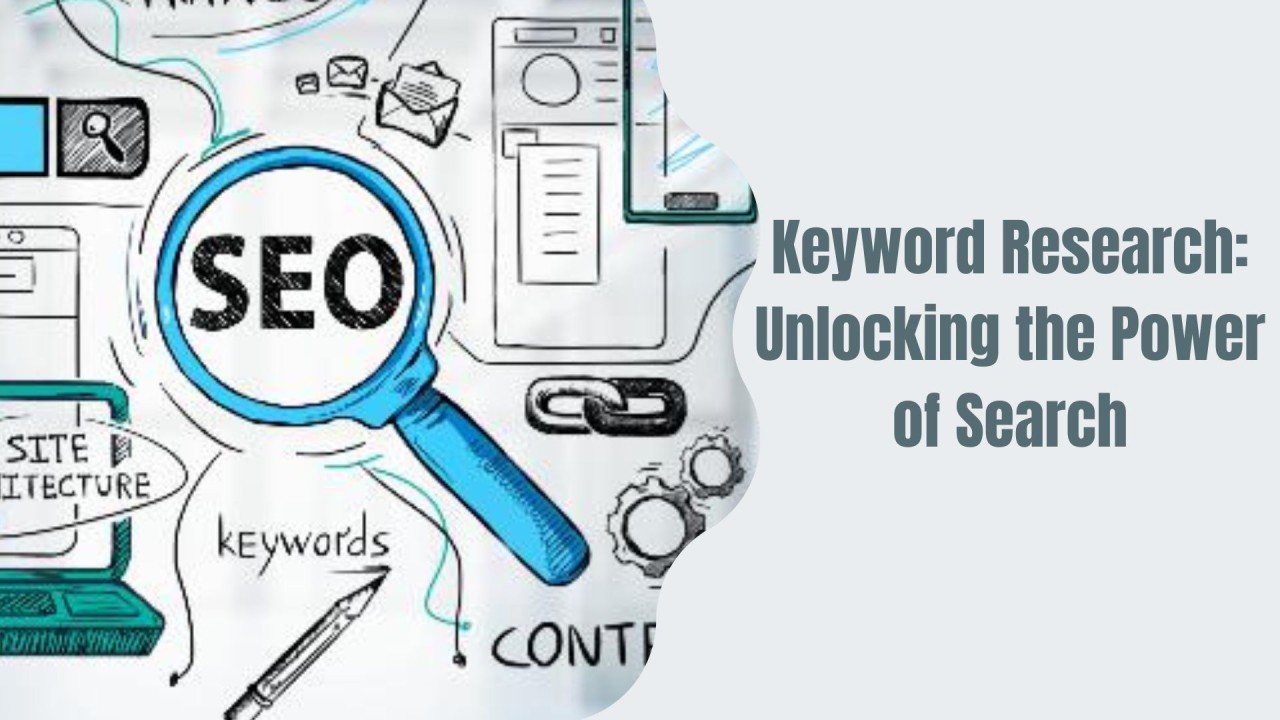In the fast-paced world of e-commerce, Search Engine Optimization (SEO) is critical for driving organic traffic and increasing sales.
With millions of online stores competing for visibility, it’s crucial to adopt effective SEO strategies that make your website stand out in search engine results pages (SERPs).
This article provides a step-by-step guide to optimizing your online store for SEO, covering everything from keyword research and on-page optimization to technical SEO and link-building strategies.
1. Keyword Research for E-commerce
Effective SEO starts with keyword research. For online stores, keyword research focuses on identifying search terms that potential customers are using to find your products.
a. Types of Keywords to Target
- Transactional Keywords: These indicate purchase intent. Examples include “buy running shoes online,” “best price smartphone,” and “cheap laptop deals.”
- Product-Specific Keywords: These are focused on specific products or brands, such as “Nike Air Max sneakers” or “iPhone 15 128GB.”
- Long-Tail Keywords: These are longer, more specific phrases that are less competitive but more targeted, like “waterproof hiking boots for women” or “organic cotton baby clothes.”
b. Keyword Research Tools
Use tools like Google Keyword Planner, SEMrush, or Ahrefs to find high-traffic, relevant keywords. Additionally, analyze competitors’ websites to identify keyword gaps or opportunities.
c. Prioritize Buyer Intent
Focus on keywords with high commercial intent—those that indicate a user is ready to make a purchase. For example, “buy men’s leather wallet” shows a stronger purchase intent than “types of men’s wallets.”
2. On-Page SEO for Online Stores
Optimizing individual pages for search engines is one of the most important elements of SEO for online stores. This includes product pages, category pages, and other key landing pages.
a. Product Page Optimization
Each product page needs to be optimized for search engines and for the user.
- Product Titles (H1 Tags): The product title should be clear, descriptive, and include the primary keyword. For example, “Men’s Leather Wallet – Bifold with RFID Protection.”
- Meta Descriptions: Write compelling meta descriptions that entice users to click through. Include keywords and a clear call to action.
- Unique Product Descriptions: Avoid using the manufacturer’s default descriptions. Write unique, informative, and engaging descriptions that emphasize the benefits and features of the product. For instance, highlight how your waterproof jackets perform in extreme weather conditions.
- Use High-Quality Images: Compress images for faster load times but ensure they remain high-quality. Use descriptive alt text for all images, incorporating keywords where possible.
b. Category Page Optimization
Category pages act as landing pages for groups of products. These pages need keyword-rich content that helps search engines understand the purpose of the page.
- Category Titles (H1 Tags): Use broad, highly relevant keywords such as “Women’s Running Shoes” or “Home Office Desks.”
- Category Descriptions: Add concise but descriptive text that explains the category and includes relevant keywords.
- Internal Linking: Link to popular or related products within category pages to boost page authority and user engagement.
c. Optimizing for User Experience
User experience plays a huge role in on-page SEO. Focus on creating a seamless, engaging, and informative shopping experience.
- Scannable Content: Use bullet points, short paragraphs, and bold text to make content easier to read.
- Mobile Optimization: Ensure that your pages are mobile-friendly, as most e-commerce traffic comes from mobile devices. A responsive design is critical to ensuring users have a smooth shopping experience.
3. Technical SEO for Online Stores
Technical SEO focuses on improving the backend elements of your site, which helps search engines crawl and index your pages effectively.
a. Site Structure and Navigation
A clean, well-organized site structure is essential for both users and search engines.
- Flat Site Structure: Aim for a flat structure, where users can reach any product page within 3 clicks from the homepage. This makes it easier for search engines to crawl your site.
- Breadcrumb Navigation: Breadcrumbs improve user experience and help search engines understand the relationship between pages.
b. Page Speed Optimization
Page load time is a crucial ranking factor for Google, and slow-loading pages lead to higher bounce rates.
- Image Compression: Compress your product images without losing quality.
- Minify CSS and JavaScript: Reduce the size of your CSS and JavaScript files to improve load times.
- Enable Browser Caching: Use caching to speed up page load times for repeat visitors.
c. Secure Your Website with HTTPS
E-commerce stores handle sensitive customer information, so security is essential. Google also considers HTTPS as a ranking factor.
- SSL Certificate: Ensure your website has an SSL certificate to use HTTPS. This not only helps with SEO but also boosts customer trust.
d. XML Sitemap and Robots.txt
Submit an XML sitemap to Google via Google Search Console, which will help search engines crawl your website more efficiently. Use a robots.txt file to block search engines from crawling unimportant pages (e.g., admin pages, cart pages).
4. Mobile SEO for E-commerce
As mobile commerce (m-commerce) continues to rise, optimizing your store for mobile is no longer optional.
a. Mobile-Friendly Design
A responsive design ensures that your site automatically adjusts to different screen sizes, providing a smooth experience on any device.
- Responsive Themes: Use a responsive theme or template for your store to ensure it looks and works well on both desktop and mobile.
- Touch-Friendly Elements: Make sure buttons and navigation elements are large enough for mobile users to tap easily.
b. Mobile Page Speed
- Accelerated Mobile Pages (AMP): For faster loading times on mobile devices, consider using AMP for key landing pages.
- Lazy Loading: Implement lazy loading for images, where images are loaded as the user scrolls down the page.
5. Content Marketing and Blogging
Content marketing helps you attract, engage, and retain potential customers. Blog content is especially valuable for targeting long-tail keywords and answering customer questions.
a. Blogging for SEO
A blog can help you rank for informational keywords and bring in organic traffic from users who are in the research phase of their buying journey.
- Target Long-Tail Keywords: Write articles that answer common questions like “How to choose the best running shoes” or “Top trends in eco-friendly clothing.”
- Internal Linking: Link blog posts to relevant product and category pages to guide users deeper into your sales funnel.
b. Product Guides and How-Tos
- Create In-Depth Product Guides: Write comprehensive buying guides, comparisons, and how-tos that showcase your products. For example, a store selling fitness equipment could create guides on “How to Choose the Best Home Treadmill.”
6. User-Generated Content (UGC) and Reviews
User-generated content, such as reviews, is essential for SEO and conversion rates.
a. Product Reviews
Product reviews provide fresh content for your product pages and help search engines understand the relevance of your product.
- Enable Reviews: Allow customers to leave reviews on product pages, and display them prominently. Star ratings and user feedback can also appear in rich snippets on Google.
b. Q&A Sections
Include a Q&A section where users can ask questions about the product, and you can provide detailed answers. These also act as additional content for SEO purposes.
7. Off-Page SEO for Online Stores
Off-page SEO involves building external signals, like backlinks, that tell search engines your site is trustworthy and authoritative.
a. Backlink Building
Build high-quality backlinks from authoritative websites in your industry. This can be achieved through:
- Guest Posting: Write guest posts on relevant blogs, linking back to your store.
- Influencer Marketing: Collaborate with influencers who can review or recommend your products, providing backlinks and social signals.
b. Social Media Signals
While social media links are not direct ranking factors, they help drive traffic to your store and can indirectly boost SEO by increasing visibility and engagement.
8. Local SEO for Online Stores with Brick-and-Mortar Locations
If you have a physical store in addition to your online presence, local SEO can drive in-store traffic.
a. Google My Business
- Claim Your Listing: Set up and optimize your Google My Business listing with accurate information, such as your address, phone number, and business hours.
- Customer Reviews: Encourage satisfied customers to leave positive reviews on your Google My Business page.
b. Local Keywords
Optimize your product and category pages for local keywords, such as “buy running shoes in New York” or “best laptop deals in Los Angeles.”
Conclusion
SEO for online stores is a multi-faceted strategy that requires attention to keyword optimization, on-page and technical SEO, content marketing, and off-page efforts.
By following these best practices, you can ensure that your e-commerce site is visible in search engines, attracts high-quality traffic, and ultimately converts visitors into paying customers.
Whether you’re just starting out or looking to enhance your existing online store’s SEO performance, these strategies will help you stay competitive in the ever-evolving world of e-commerce.




